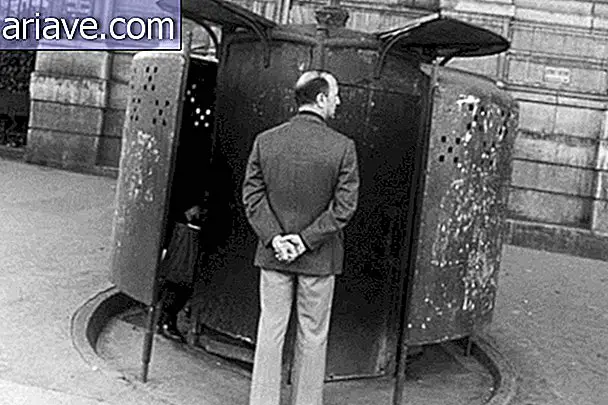ILC: The world's largest particle collider is about to be built

But an even bolder project was announced yesterday (12) by CERN: the next generation particle accelerator is ready to be built. The International Linear Collider (ILC), the name of the future particle accelerator, has bold goals to fulfill. Developed by a team of more than 1, 000 scientists, the new machine will have the main function to illuminate new areas of physics, trying to find for example traces of dark matter.
How will ILC work?
The new generation particle accelerator is a complement to the competent and renowned LHC collider. This means, broadly speaking, that the ILC will expand the discoveries already made (or incited) by its precedent by "crushing" electrons against its "opposite" subatomic particles, the positrons - the LHC can only collide protons against protons ( particles that are "embedded" in the nucleus of atoms).
The structure of the ILC will feature a different design compared to traditional buildings. Instead of consisting of a large circle where subatomic particles are "broken" (as in the case of LHC), two huge parallel linear tubes will be driven into the ground. The conducting tunnels will be 31 km long and, at full power, about 7, 000 collisions per second between positrons and electrons can be recorded - generating a total energy of 500 GeV (gigaelectron-volt, unit of measurement equivalent to one proton). ).

When switched on, each collision beam will be able to concentrate 20 billion positrons or electrons in an area smaller than the circumference of a human hair - and this justifies the accelerator's high particle breaking power. Through the “high luminosity” generated by the crushes, scientists will have more accurate data on particle properties available - thus gradually assembling the puzzle of the name Universe.
The linear collider will also allow for easy repairs and upgrades, which gives the ILC a high degree of flexibility over other particle accelerators. The project will cost around $ 7.8 billion (more than 15 billion reais) - almost double the amount spent on building the LHC.
Where to build?
Currently, only Japan is willing to house what is meant to be the world's largest particle collider - it seems that other countries are not comfortable with hosting such a venture. "There are no foundations on the building table yet, " said Brian Foster, physicist and European director of the ILC project. However, the project for immediate start-up is now ready - and you can check out more details about the ILC by clicking this link.
Check out an animation below showing how the LHC works - see from 2'15 "a simulated proton collision (something similar should be done by the ILC, but electrons and positrons will collide with each other) :
Studying the possible parallel dimensions, demystifying (or not) the fantastic “String Theory”, fully understanding the Higgs Boson and the possibility of finding traces of dark matter are some of the tasks that ILC can perform. Was science about to break new ground in its history?
Via Tecmundo











